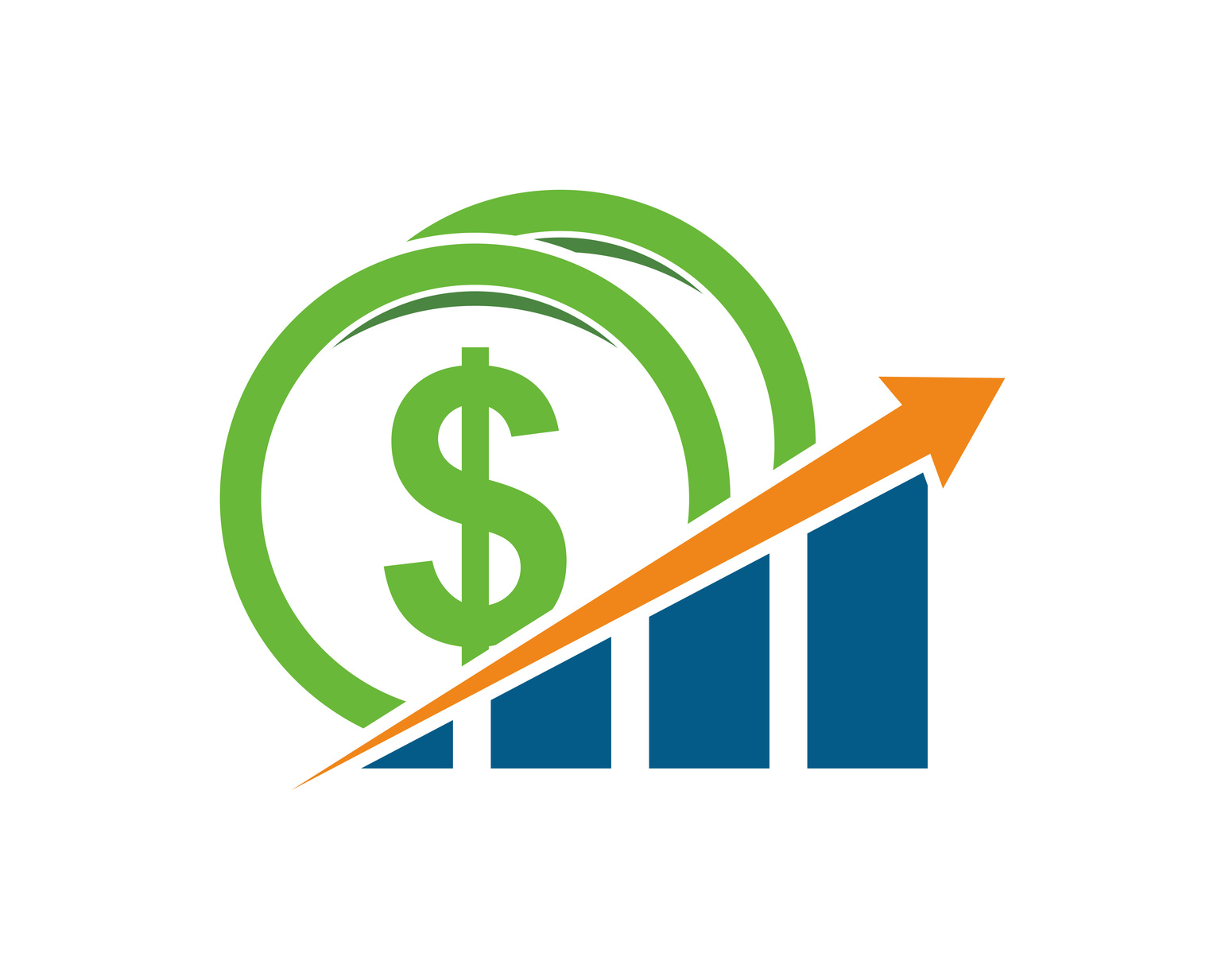When it comes to investing for retirement, self-directed IRAs offer exciting opportunities for individuals to grow their wealth. This article will provide a comprehensive guide into this alternative investment strategy, covering everything from the basics of self-directed IRAs to the risks and rewards associated with them.
The Basics of Self-Directed IRAs
Self-Directed IRAs: Invest in Your Future
Self-directed IRAs are retirement accounts that allow investors to have more control and flexibility over their investment choices. Unlike traditional IRAs, where your investment options are limited to stocks, bonds, and mutual funds, self-directed IRAs enable you to invest in a wide range of assets, including real estate, private businesses, precious metals, and even cryptocurrencies. This type of IRA is particularly useful for investors who want to diversify their retirement portfolio beyond the traditional stock market.
The Primary Benefits of Self-Directed IRAs
The primary benefit of a self-directed IRA is the potential for higher returns due to a more personalized investment strategy. By investing in alternative assets, investors can potentially improve their returns and minimize risks associated with market volatility. Another advantage of self-directed IRAs is that they offer tax-deferred growth on investments, allowing investors to grow their wealth in a more tax-efficient manner. Self-directed IRAs can be structured as either traditional or Roth IRAs, depending on your specific financial situation and preferences.
Understanding Self-Directed IRA Fees
It is essential to be aware that self-directed IRA rates can vary from custodian to custodian, primarily depending on the types of assets being invested in and the level of service required. Custodians typically charge fees based on the size of the account, the number of transactions, or flat fees for specific services. Investors should research various custodians and compare their fee structures in order to find the most cost-effective option for their particular needs.
The Importance of Seeking Professional Guidance
Additionally, investors should also consider working with a knowledgeable financial advisor who can guide them through the process of setting up a self-directed IRA and provide ongoing support throughout the investment journey.
How Self-Directed IRA Rates Work
Self-Directed IRA Rates
A self-directed IRA is a type of individual retirement account that provides investors with greater control over their investment options, such as real estate, private lending, precious metals, and cryptocurrencies. Like traditional IRA rates, self-directed IRA rates are influenced by the investments made within the account.
The interest rates and overall returns on investment for self-directed IRAs can vary widely based on the selected investments. It’s important to note that self-directed IRAs have the potential for a more diverse and possibly higher return on investment due to the broader range of investment options compared to traditional IRAs.
Understanding Fees
An important aspect in understanding self-directed IRA rates involves the fees associated with these accounts. Different custodians (the financial institutions which hold and manage self-directed IRAs) charge different types of fees such as account setup fees, annual fees, and transaction fees. Additionally, some investments within a self-directed IRA, like real estate, may incur property management fees and other expenses.
These additional costs can lower the overall return on investment, so it is crucial to choose a custodian that offers competitive fees and to be aware of any additional costs tied to the selected investments.
Potential Return on Investment
When considering self-directed IRA rates, the most vital factor to weigh is the potential return on investment. As an investor, a diversified mix of assets is crucial for improving your return on investment and can include investments such as high-yield bonds, dividend-paying stocks, and real estate that generate substantial passive income.
However, diversification also means spreading the risk across various investments. Investments with the potential for high returns typically carry higher risk, so it is critical to conduct thorough research and carefully select the investment options within your self-directed IRA. This will help achieve a balance of risk and return that aligns with your long-term retirement goals.
Types of Self-Directed IRA Investments
Real Estate Investments
A popular investment choice for diversifying a self-directed IRA is real estate, which moves beyond traditional stocks, bonds, and mutual funds. Real estate investments within a self-directed IRA can incorporate various options such as rental properties, commercial real estate, and real estate investment trusts (REITs).
The rate of return on these investments hinges on several factors, including property values, market conditions, and rental income. As with any investment, it is crucial to perform extensive research and choose properties carefully to optimize returns while minimizing risks.
Promissory Notes Investments
Another type of investment often made through a self-directed IRA is promissory notes, which are essentially loans made by the IRA account holder to borrowers. These loans can be secured, backed by collateral such as real estate, or unsecured, which generally entails higher potential risks.
The rates for promissory notes depend on the interest rates agreed upon by the borrower and lender and the length of the loan term. Typically, longer-term loans result in higher interest rates as there is more inherent risk associated with extending credit over a longer period. Additionally, the creditworthiness of the borrower will also play a role in determining the interest rates on the promissory notes.
Private Business Investments
One investment opportunity for those with a self-directed IRA account is private businesses, which allow account holders to purchase ownership shares in privately held companies. This type of investment has the potential for substantial returns if the company experiences growth and success.
It’s important to remember that private business investments can be risky and illiquid, as they aren’t publicly traded like stocks. Rates of return for these investments depend on the success of the business and any potential dividends or buyouts that may occur. As with any investment strategy, it is essential to carefully research the company, its financials, and growth potential before investing in a private business.

Comparing Self-Directed IRA Providers
Choosing a Self-Directed IRA Provider: Costs and Fees
When comparing self-directed Individual Retirement Account (IRA) providers, it is crucial to be aware of the differences in costs and fees associated with account maintenance and investments. Some self-directed IRA providers charge a flat annual fee, while others may charge based on the number of assets or a percentage of the total account value. Moreover, transaction fees are also a factor to consider, as some providers may charge per-transaction or offer a fee schedule with varying rates. These fees can affect the overall performance of your self-directed IRA, so it is essential to weigh these factors before choosing a provider that aligns with your private business investment strategy.
Account Features and Investment Options
Account features and investment options play a significant role in determining the ideal self-directed IRA provider for your needs. Diversification is a key aspect of a successful retirement investment strategy, and having access to a wide range of alternative investments, like real estate, private equity, and precious metals, may be a priority for some investors. The ability to invest in these types of alternative assets varies among providers, so it’s crucial to choose a provider that accommodates your specific investment goals. Additionally, an efficient online platform can make account management more accessible and help with keeping a close eye on the performance of your investments.
Customer Service and Reputation
When searching for a self-directed IRA provider, one of the most important aspects to consider is customer service and reputation within the industry. Having a responsive and dedicated support team can greatly facilitate the process of setting up and maintaining your account, as well as providing pertinent information when needed. Reading customer reviews and testimonials will give you an insight into the satisfaction of other clients with the services provided. Look for a provider with excellent customer service, low fees, and a diverse range of investment options to meet your long-term retirement objectives.
Managing Your Self-Directed IRA
Managing Your Self-Directed IRA
Once you have chosen a reliable self-directed IRA provider, it is crucial to stay on top of managing your investments. Regularly monitoring the performance of your diverse asset portfolio will help you determine which strategies are working well and which ones may require reevaluation or adjustment. Diversification is key to ensuring the stability of your investments, so it’s important to spread your funds across various asset types to minimize risk. By actively tracking your investment performance and maintaining a well-diversified portfolio, you can confidently work towards achieving your retirement goals.
Tax Implications
Understanding the tax implications and ensuring accurate reporting are essential strategies in managing a self-directed IRA. As a general rule, contributions to a self-directed IRA are tax-deductible and earnings grow tax-deferred until they are withdrawn. However, there are some transactions within a self-directed IRA that might trigger immediate tax consequences, such as unrelated business taxable income (UBTI) or unrelated debt-financed income (UDFI). Working with a knowledgeable tax advisor can help you navigate the complexities of the tax code and make informed decisions for your self-directed IRA.
Rules and Regulations
Effectively managing a self-directed IRA involves not only monitoring investment performance and navigating tax implications, but also educating oneself on the various rules and regulations that govern these retirement accounts. Becoming familiar with prohibited transactions, disqualified persons, and other IRS guidelines will help ensure the continued growth and viability of your account. A thorough understanding of self-directed IRA rules allows you to take advantage of numerous investment opportunities, while minimizing the risk of jeopardizing your retirement savings. Staying informed and proactively managing your self-directed IRA will help you optimize your retirement investments and achieve your long-term financial goals.

Risks and Rewards of Self-Directed IRAs
One of the principal benefits of investing in a self-directed IRA is the potential for higher returns, which stems from the ability to diversify your investment portfolio beyond traditional stocks, bonds, and mutual funds. Self-directed IRAs enable you to invest in a wide array of alternative investments, such as real estate, cryptocurrencies, private equity, precious metals, and even startups. This flexibility can lead to higher gains compared to traditional IRAs, as it allows investors to capitalize on unique investment opportunities and market fluctuations that may generate significant returns. By understanding the rules and regulations pertaining to self-directed IRAs, as discussed in the previous paragraph, an investor can make the most of these diversification opportunities to secure a comfortable retirement.
However, investing in a self-directed IRA also comes with increased risks that investors must be aware of and manage accordingly. Due to the expansive list of allowed investments, navigating the complexity of these options can be daunting for many investors. In addition, alternative investments often lack the liquidity of traditional investments, making it challenging to access your funds when needed. Furthermore, with the increased freedom of investment choices also comes the responsibility of conducting appropriate due diligence on these investments to avoid potential financial pitfalls or fraudulent schemes.
To mitigate these risks and optimize returns, investors should adopt a balanced and cautious approach while managing their self-directed IRA. It is crucial to stay informed and carefully research each potential investment opportunity to understand the merits, risks, and the compliance with IRS guidelines. Additionally, engaging the services of reliable and experienced custodians, financial advisors, or tax professionals can help in navigating the complexities of self-directed IRAs and guide you in making well-informed investment decisions. Ultimately, by practicing proper due diligence and maintaining a well-diversified portfolio, investors can minimize risks and enhance the potential for long-term growth in their self-directed IRA accounts.

Photo by laughayette on Unsplash
Now that you are equipped with valuable information on self-directed IRA rates, various investment types, and strategies for management, you’re in a much better position to make informed decisions about your retirement investment plan. Remember to carefully consider the various providers, understand the tax implications, and always stay up-to-date with your investments to ensure a successful self-directed IRA experience.
